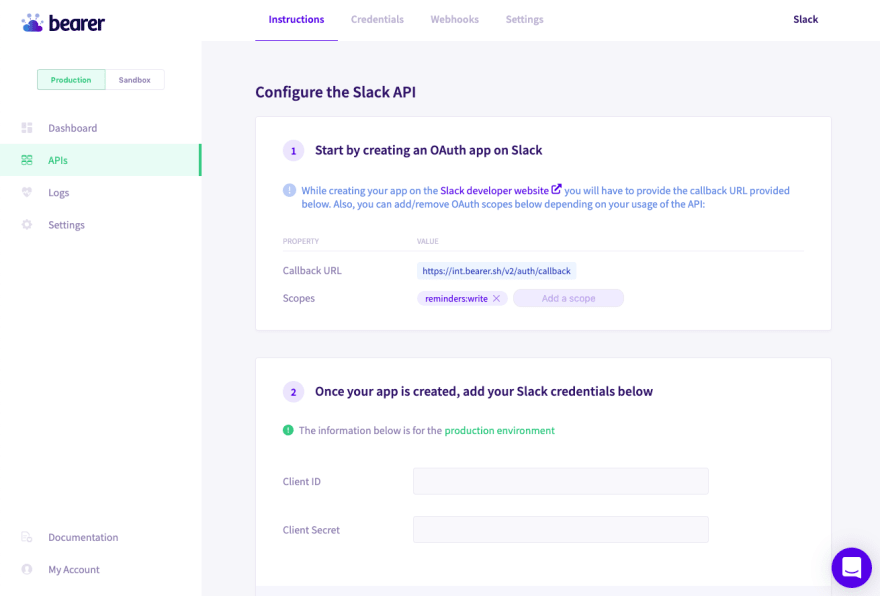

- #Slack client id api python install
- #Slack client id api python code
- #Slack client id api python free
"#general" or "C182391"Ĭall the Slack method with the a dict of params in Sends the text in to, which can be a name or identifier i.e. Multiple events may be returned, always returns a list, which is empty if there are no incoming messages. This is a persistent connection from which you can read events. #MethodsĬonnect to a Slack RTM websocket. Call print (sc instance) to see the entire list. Server object owns the websocket and all nested channel information.Ī searchable list of all known channels within the parent server. Print "Connection Failed, invalid token?" #Objects Import time from slackclient import SlackClient token = "xoxp-28192348123947234198234" # found at sc = SlackClient( token) Here is what ngrok looks like in the console when it’s started with the. There are also other options such as localtunnel and forward.Īfter downloading and running ngrok (or another localhost tunneling tool) in a new terminal window, you’ll get a subdomain that forwards requests sent to that subdomain over to your localhost server.
#Slack client id api python free
I typically use ngrok since it’s easy, free and awesome. We need a localhost tunnel that will give us an externally-accessible domain name while we’re developing our code.

We’re set to receive our POST request webhook, except that most development environments do not expose routes beyond localhost.
#Slack client id api python install
Install Flask ( pip install flask), and then start the Flask app with the python receive.py command and we’ll see some debugging output indicating the development server is running.

#Slack client id api python code
Note that with this code we’re greatly increasing the API calls the script executes, from one to N+1, where N is the number of channels returned back by Slack. Print (c + " (" + c + ")" ) detailed_info = channel_info (c ) if detailed_info: Print ( "Channels: " ) for c in channels: Return channels_call return NoneĬhannel_info = slack_client.api_call ( "", channel =channel_id ) if channel_info: SLACK_TOKEN = os.environ.get ( 'SLACK_TOKEN', None ) slack_client = SlackClient (SLACK_TOKEN ) def list_channels ():Ĭhannels_call = slack_client.api_call ( "channels.list" ) if channels_call :


 0 kommentar(er)
0 kommentar(er)
